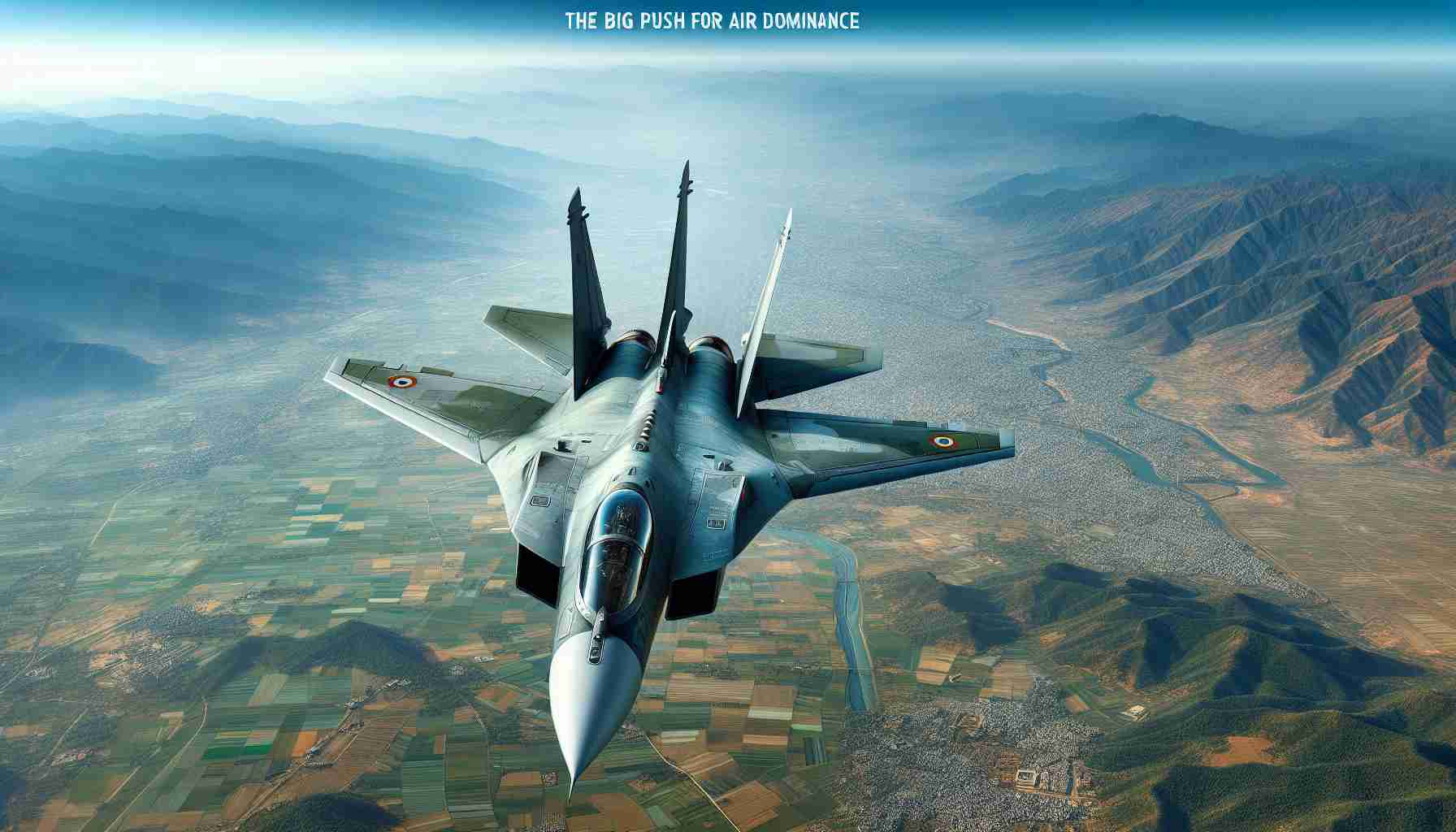India is gearing up to revolutionize its air combat capabilities by revitalizing the stalled Multi-Role Fighter Aircraft (MRFA) program. The ambitious plan aims to induct 114 advanced 4.5-generation fighter jets to bolster the Indian Air Force (IAF), which currently faces a shortfall with only 31 operational squadrons against the required 42. The looming retirement of MiG-21 Bison squadrons threatens to further weaken the IAF’s fleet.
Prime Minister Narendra Modi has thrown his support behind the expedited procurement and production of new fighters. The plan is anchored on two pillars: comprehensive technology transfer to enhance domestic defense capabilities, part of the “Make in India” project, and ramping up production to 24 aircraft annually—a significant increase from the past rate.
Back in 2007, India initiated an international bid for 126 fighter jets, later canceled in 2015 in favor of purchasing 36 Rafale jets. The recent MRFA initiative restarted in 2018 foresees acquiring 114 fighters from both light and heavy categories, with foreign manufacturers required to set up production in India.
Several aviation giants are vying for the contract, aiming to fit into India’s strategic aspirations. SAAB offers the Gripen with a full technology transfer, while Boeing proposes its Super Hornet and F-15EX, potentially moving production to India. Lockheed Martin pushes the F-21 in collaboration with Tata, and Dassault Rafale seeks expansion following its initial success. The European consortium’s Eurofighter is also in the mix, offering modern capabilities.
The MRFA program not only aims to fill numerical deficiencies but also aligns with India’s vision for defense self-reliance, reinforcing its strategic autonomy on the global stage.
The Sky’s the Limit: Unforeseen Twists in India’s Fighter Jet Ambitions
Unveiling the Less Told Narrative of India’s Fighter Jet Journey
While the Indian Air Force’s need for bolstered air combat capabilities through the Multi-Role Fighter Aircraft (MRFA) program is well-publicized, there are lesser-known facets that demand attention for their potential impact on global relationships, defense economies, and technological landscapes. Let’s delve into how this endeavor may unfold complexities and choices for India, its partners, and beyond.
The Hidden Impacts and Technological Tidbits
An essential yet understated aspect of the MRFA program is the technological leap it represents for India, potentially altering the defense production landscape. By promoting a “Make in India” ethos, significant technology transfer is expected from foreign partners. This transition not only aims to meet immediate defense needs but also aspires to set the stage for India’s emergence as a global defense manufacturer. This initiative could transform the domestic job market, offering unprecedented opportunities in engineering and high-specialized sectors.
With the involvement of heavyweights like Boeing and Lockheed Martin, the MRFA could reshape India’s relationship with the U.S., introducing strategic interdependencies through military supplies. Such shifts might redefine alliances in Asia and influence geopolitical dynamics.
Controversies Looming Over Aerial Horizons
However, the endeavor isn’t devoid of pitfalls. There’s a striking controversial legacy attached to past defense procurements, including allegations surrounding the Rafale deal. As the world sees India’s steps in defense procurement under scrutiny, transparency and accountability will be crucial in ensuring fair play.
A possible counter-reaction might arise from neighboring countries, leading to an unintentional arms race in the region. Could peace talks be overshadowed by an overemphasis on military might, or can India leverage its enhanced capabilities to establish diplomatic leadership?
Balancing the Pros and the Cons
Advantages:
– Enhanced defense capabilities ensuring national security.
– Strengthened domestic industries through technology transfer.
– Potential for job creation and fostering innovation in the aerospace sector.
Disadvantages:
– High procurement costs straining governmental budgets.
– Risks of corruption and inefficiencies in the procurement processes.
– Potential escalation in regional militarization and tensions.
Pondering Over the Future: Critical Questions Answered
How might this affect India’s stance on global defense and alliances? While achieving self-reliance, India could pivot as a defense partner, attracting new geopolitical partnerships. This shift could redefine existing ties and enable India to exert influence in multilateral forums.
What challenges do domestic industries face in absorbing such high-tech transfers? There’s the absence of existing infrastructure capable of utilizing advanced technology instantly. Overcoming this requires substantial investment in skill development and industry readiness.
For more insights into India’s evolving defense and aerospace industries, visit the Stockholm International Peace Research Institute (SIPRI) or check the latest updates from Jane’s Defence.
In summary, India’s MRFA project is not just a military procurement drive. It’s a multidimensional initiative with potential ripple effects on industries, economies, and geopolitics, offering rich areas for debate and development. As we watch these fly high on the drawing board, the sky indeed seems the limit.







